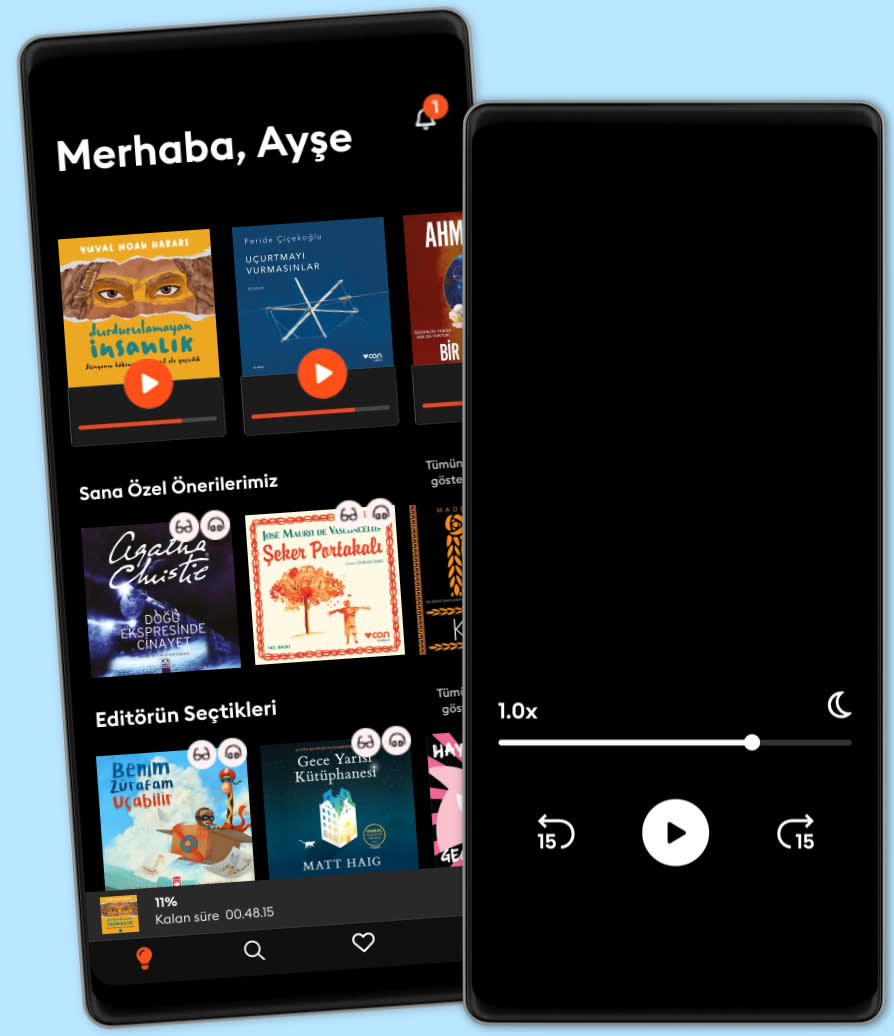Dinle ya da oku
Sesli kitapların büyülü dünyasına adım at.
- İlk 2 ay ₺99,99/ay
- Binlerce sesli kitap ve e-kitap.
- Dilediğin kadar dinle ya da oku.
- Çevrimdışı modu.
- İstediğin zaman iptal et.

Moses the Egyptian in the Illustrated Old English Hexateuch (London, British Library Cotton MS Claudius B.iv)
- Yazan
- Yayınevi
- Dil
- İngilizce
- Format
In Moses the Egyptian, Herbert Broderick analyzes the iconography of Moses in the famous illuminated eleventh-century manuscript known as the Illustrated Old English Hexateuch. A translation into Old English of the first six books of the Bible, the manuscript contains over 390 images, of which 127 depict Moses with a variety of distinctive visual attributes.
Broderick presents a compelling thesis that these motifs, in particular the image of the horned Moses, have a Hellenistic Egyptian origin. He argues that the visual construct of Moses in the Old English Hexateuch may have been based on a Late Antique, no longer extant, prototype influenced by works of Hellenistic Egyptian Jewish exegetes, who ascribed to Moses the characteristics of an Egyptian-Hellenistic king, military commander, priest, prophet, and scribe. These Jewish writings were utilized in turn by early Christian apologists such as Clement of Alexandria and Eusebius of Caesarea. Broderick’s analysis of this Moses imagery ranges widely across religious divides, art-historical religious themes, and classical and early Jewish and Christian sources.
Herbert Broderick is one of the foremost historians in the field of Anglo-Saxon art, with a primary focus on Old Testament iconography. Readers with interests in the history of medieval manuscript illustration, art history, and early Jewish and Christian apologetics will find much of interest in this profusely illustrated study.
© 2017 University of Notre Dame Press (E-Kitap): 9780268102081
Yayın tarihi
E-Kitap: 15 Kasım 2017
Etiketler
Bunları da beğenebilirsin...
- On Theology and Psychology: The Correspondence of C. G. Jung and Adolf Keller C. G. Jung
- The Clash of Gods: A Reinterpretation of Early Christian Art - Revised and Expanded Edition Thomas F. Mathews
- Classical Pasts: The Classical Traditions of Greece and Rome James I. Porter
- Faith Alone: A Daily Devotional Martin Luther
- Christ in Art Ernest Renan
- The Renaissance: Studies in Art and Poetry Walter Pater
- Michelangelo, God's Architect: The Story of His Final Years and Greatest Masterpiece William E. Wallace
- Icons 11th - 18th centuries Philip Zweig
- The mystique of Opium Donald Wigal
- Cézanne and America: Dealers, Collectors, Artists, and Critics, 1891-1921 John Rewald
- Rezonans Kanunu Pierre Franckh
4.3
- İnce Memed 1 Yaşar Kemal
4.9
- Dünyanın En Önemli Öğrencisi Şermin Yaşar
4.7
- Beni Gözünüzde Büyütmeyin! Gülse Birsel
4.6
- Yırtıcı Kuşlar Zamanı Ahmet Ümit
4.7
- İnce Memed 2 Yaşar Kemal
4.8
- Gece Yarısı Kütüphanesi Matt Haig
4.6
- 4 Gün 3 Gece Ayşe Kulin
4.1
- Palto Nikolay Gogol
4.6
- Zamanı Durdurmanın Yolları Matt Haig
4.5
- Handan Ayşe Kulin
4.2
- Kral Kaybederse Gülseren Budayıcıoğlu
4.7
- Kürk Mantolu Madonna Sabahattin Ali
4.5
- İnce Memed 3 Yaşar Kemal
4.9
- İnsan Ne İle Yaşar Lev Nikolayeviç Tolstoy
4.6
Storytel dünyasını keşfet:
Kids mode
Çevrimdışı modu
İstediğin zaman iptal et
Her yerde erişim
Sınırsız
Sınırsızca dinlemek ve okumak isteyenler için.
1 hesap
Sınırsız erişim
İstediğin zaman iptal et
Sınırsız Yıllık
Sınırsızca dinlemek ve okumak isteyenler için.
1 hesap
Sınırsız erişim
İstediğin zaman iptal et
Aile (2 hesap)
Hikayeleri sevdikleri ile paylaşmak isteyenler için.
2 hesap
Sınırsız erişim
İstediğin zaman iptal et
Aile (3 hesap)
Hikayeleri sevdikleri ile paylaşmak isteyenler için.
3 hesap
Sınırsız erişim
İstediğin zaman iptal et
Türkçe
Türkiye